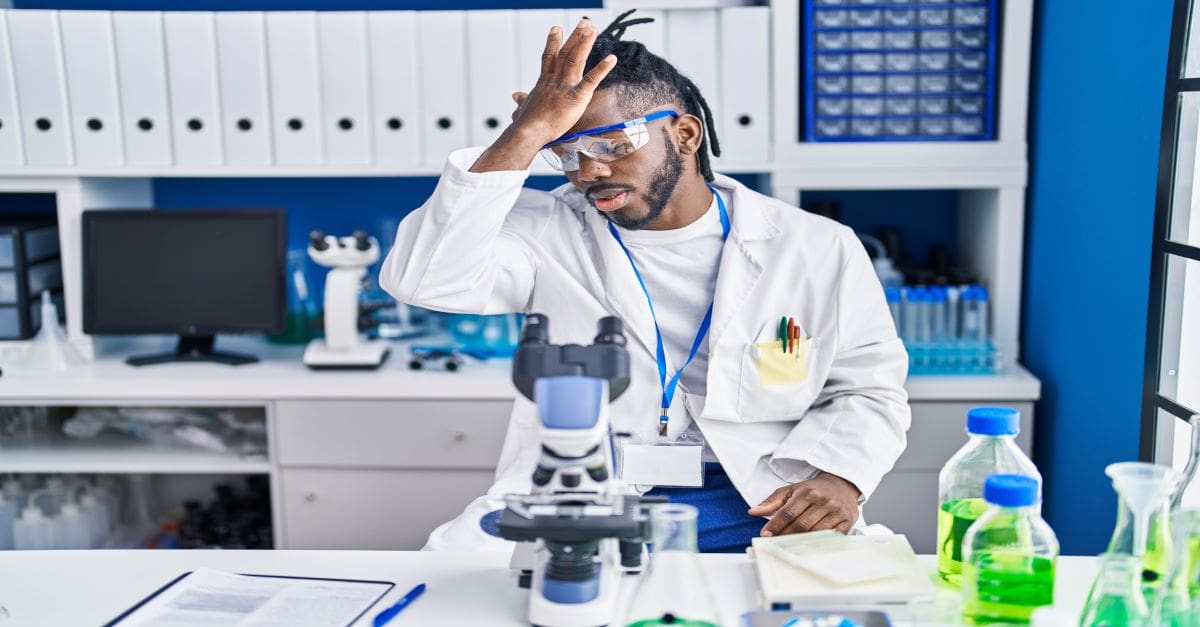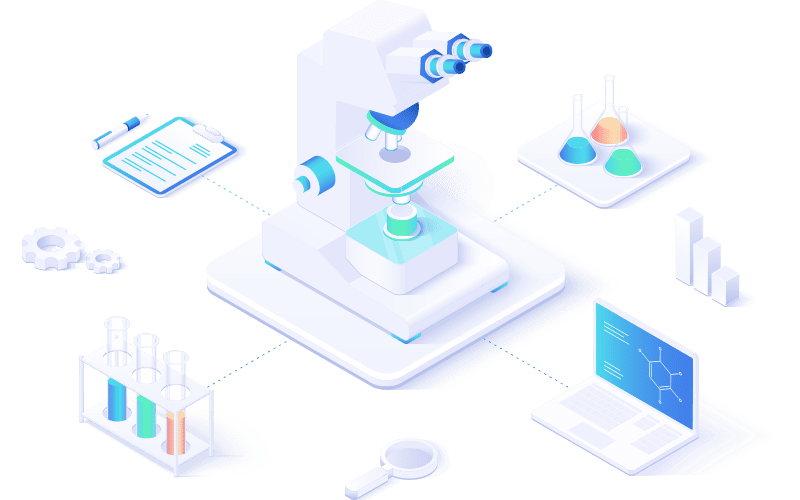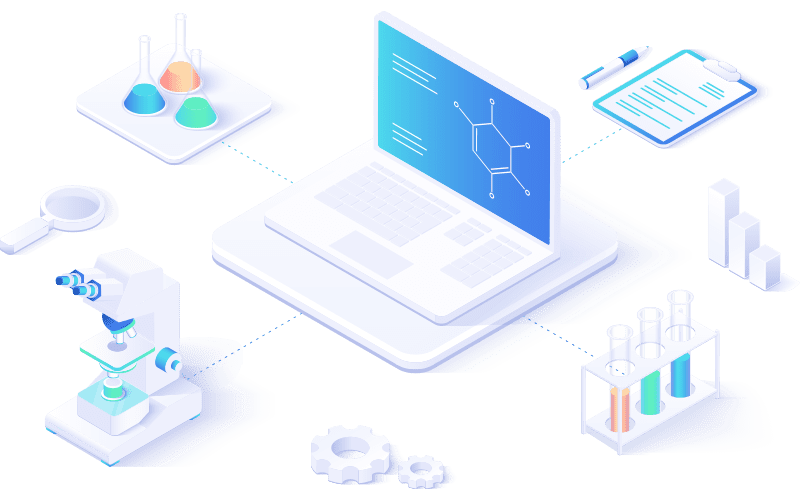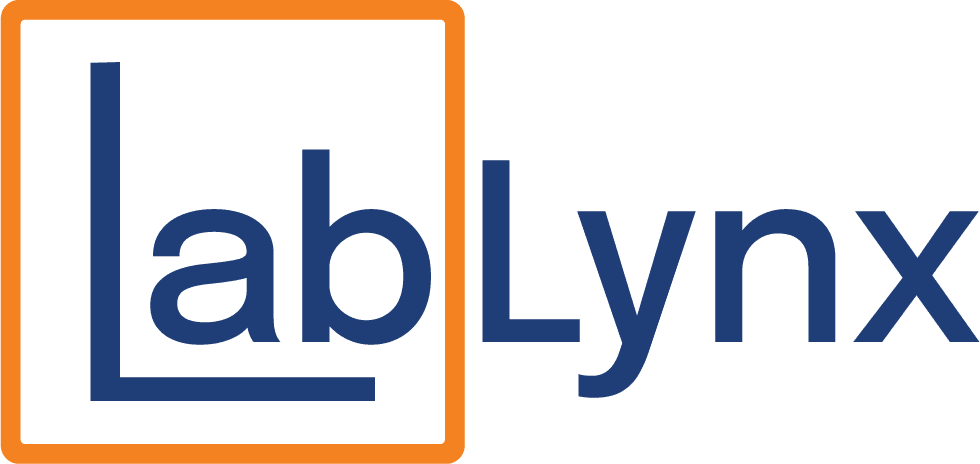
Even the most experienced laboratory professionals make mistakes—but in high-stakes environments, small errors can lead to big consequences. From compromised data to regulatory violations and safety risks, human error in labs affects not only results but also reputation and compliance. Fortunately, with the right strategies and tools, reducing human error in labs is not only possible—it’s essential for long-term success.
Why Human Error Happens in Laboratories
Laboratories are complex environments that demand precision, speed, and accuracy. Human error typically results from factors such as fatigue, miscommunication, poorly defined workflows, manual data entry, or lack of standardization. While eliminating all risk is impossible, understanding root causes helps labs take targeted steps toward minimizing error frequency and impact.
The Cost of Human Error in Labs
Errors in laboratories can lead to:
- Inaccurate test results and delayed diagnoses
- Failed audits and regulatory penalties
- Compromised research integrity
- Increased operational costs and rework
- Loss of client trust and business
These consequences reinforce the need for systemic solutions that focus on prevention, not just correction.
Top Strategies for Reducing Human Error in Labs
1. Standardize Lab Workflows
Developing clear, repeatable Standard Operating Procedures (SOPs) reduces ambiguity and ensures that all staff follow the same protocols. Well-documented workflows also support faster onboarding and training of new personnel.
2. Automate Data Capture and Reporting
Manual data entry is one of the leading causes of lab errors. Using tools like barcode scanners, instrument integrations, and automated reporting platforms reduces transcription mistakes and improves traceability.
3. Implement a LIMS to Centralize Data and Tasks
A Laboratory Information Management System (LIMS) is one of the most powerful tools for reducing human error in labs. By centralizing sample tracking, data entry, scheduling, and reporting, a LIMS eliminates many manual steps prone to mistakes. It also enforces validation rules, flags inconsistencies, and provides real-time oversight.
4. Strengthen Training and Competency Programs
Even the best technology can’t compensate for poor training. Regular training programs and competency assessments ensure that staff understand procedures, regulatory requirements, and how to use lab systems correctly. Make training part of your culture—not just an onboarding checkbox.
5. Reduce Cognitive Load and Multitasking
Errors increase when lab staff juggle too many tasks or are rushed to meet tight deadlines. Consider reassigning tasks, streamlining communication, or staggering schedules to reduce the burden on any one individual.
6. Promote a Culture of Quality and Accountability
Empower team members to speak up when they notice inconsistencies or risks. Encourage a “blame-free” culture where the goal is continuous improvement, not punishment. Creating this environment improves morale and helps identify problems early.
Technology’s Role in Reducing Human Error
Modern laboratories can’t rely solely on people and paper. By integrating digital tools like LIMS, ELNs (Electronic Lab Notebooks), instrument software, and AI-driven analytics, labs can automate repetitive tasks and improve oversight at every stage of the process.
The most effective technologies include:
- LIMS: For centralizing lab operations, sample tracking, and compliance
- ELN: For digital note-taking, experiment documentation, and collaboration
- Barcoding and RFID: For sample identification and chain-of-custody tracking
- Audit Trails and Alerts: For detecting anomalies and triggering corrective actions
How LabLynx Helps Labs Reduce Human Error
The LabLynx LIMS Suite is purpose-built to help laboratories reduce risk, streamline workflows, and maintain data integrity. With features like role-based permissions, automated alerts, configurable validation rules, and full traceability, our platform supports safe, consistent operations across every lab type.
From compliance tracking to error-proof reporting, LabLynx gives you the tools to build a smarter, safer lab environment.
Schedule a demo to see how LabLynx can help your lab reduce errors and increase confidence in every result.
Conclusion: Reducing Human Error is a Continuous Commitment
Reducing human error in labs isn’t about finding one fix—it’s about creating a culture of precision, backed by smart technology and strong processes. By identifying root causes and leveraging tools like LIMS, labs can make meaningful progress toward operational excellence. A lab that invests in error reduction today is a lab positioned for long-term success, safety, and scientific credibility.
Accelerate Your Lab's Success & Experience LabLynx
"*" indicates required fields
Explore the LabLynx Suites

LIMS Suite
Seamless Sample and Workflow Management
The LabLynx LIMS Suite empowers laboratories with the tools needed to manage samples, workflows, compliance, and more in one centralized system. It’s the backbone for labs seeking efficient, reliable, and scalable management solutions.

ELN Suite
The LabLynx ELN Suite offers a modern approach to managing lab data and experiments. With its secure, intuitive platform, your team can record, store, and collaborate effortlessly, supporting innovation every step of the way.

Lab Automation
Automate for Efficiency and Growth
Streamline operations and boost productivity with the LabLynx Lab Automation Suite. Designed for labs ready to embrace advanced automation, this suite integrates systems, instruments, and workflows to deliver efficiency at scale.
